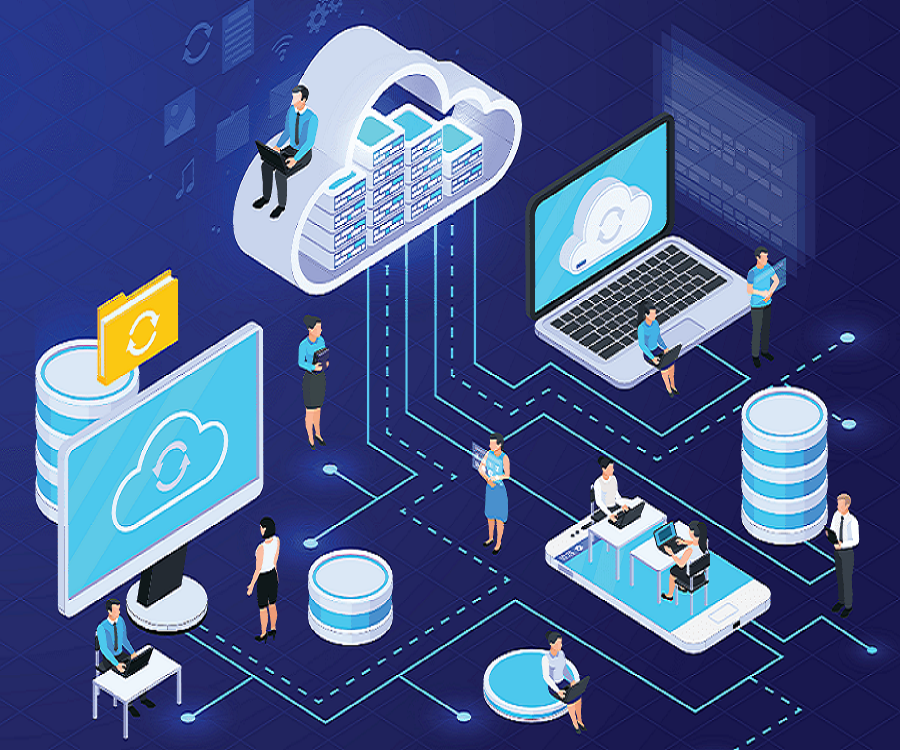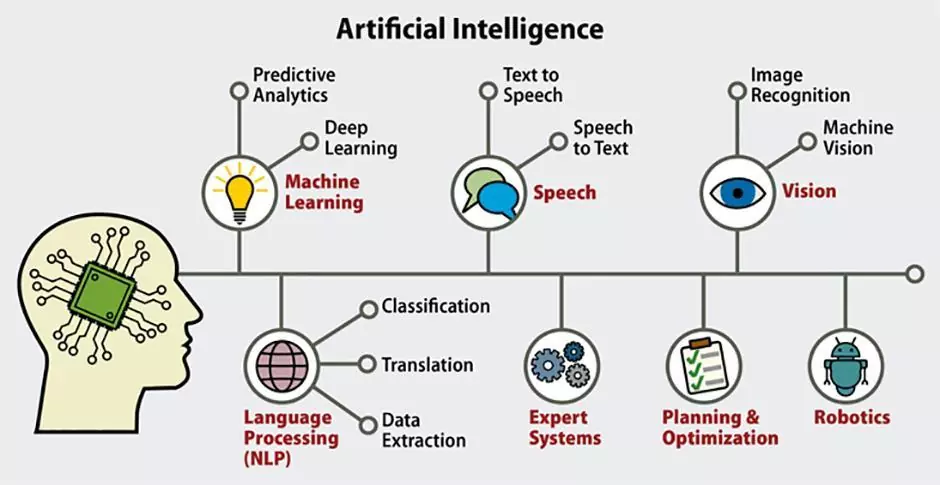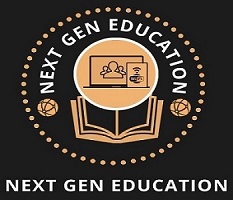Technological Solution
Artificial Intelligence
Artificial intelligence (AI) is the ability of a computer or a robot controlled by a computer to do tasks that are usually done by humans because they require human intelligence and discernment. AI is used extensively across a range of applications today, with varying levels of sophistication. Recommendation algorithms that suggest what you might like next are popular AI implementations, as are chatbots that appear on websites or in the form of smart speakers (e.g., Alexa or Siri). AI is used to make predictions in terms of weather and financial forecasting, to streamline production processes, and to cut down on various forms of redundant cognitive labor (e.g., tax accounting or editing). AI is also used to play games, operate autonomous vehicles, process language, and much, much, more.

Evaluating Artificial Intelligence
Artificial intelligence is a thriving technology to transform all aspects of our social interaction. In education, AI will now develop new teaching and learning solutions that will be tested in different situations. Educational goals can be better achieved and managed by new educational technologies.
Using AI in education holds many benefits for both students and teachers:
- Learning resources can be accessed from anywhere, at any time.
- Time-consuming, tedious tasks such as record keeping or grading multiple-choice tests can be completed through AI automation
- Frequently asked questions can be answered through chatbots.
Cloud Computing
Applications housed in the cloud allow teachers to better communicate with students, parents, and other teachers while learning materials, video lessons, assignments, and student data can be stored remotely. Here are just a few instances of how cloud computing is impacting schools of the future:
-
Connection: Cloud-based applications also provide excellent connectivity. For example, teachers and administrative staff can access all school data in one location, instead of scanning different sources. Additionally, in a more active way, the cloud is enabling tech solutions to connect students and teachers in a safe, fast, and lifelike way even outside of classroom hours, with an intent to improve effectiveness and efficiency, as noted by Science Node.
-
Safe Data Storage: Historically, with school data stored on computers or even printed in files, that information could be put at risk due to manmade or natural disasters which could impact the physical location of the school’s records.

Other Technology
Blockchain Technology
It helps students by eliminating the need for the mediator, as it makes record keeping digital by directly linking them with learners It increases transparency; like a student, while using block chain uploads an assignment, the technology makes sure that it is not lost.
Augmented/Virtual Reality
AR/VR technologies can create interactive and virtual environments for students and help them better engage with the subject. These Academic Excellence Software technologies can enable virtual field trips to historical locations or facilitate learning-bydoing for applied sciences and medicine.
Smart Classes
Digital technologies have also improved face-to-face learning. Smart classes equipped with Smart Boards, Computers, Tablet, internet connections, projectors, etc. unlock the ways of delivering learning resources to students that were impossible with a blackboard and chalks.

Key technologies and trends
Artificial intelligence Software: can undertake simple but time-consuming tasks in education to ease the workload of educators or school staff. They can also be used to deliver an improved and custom learning experience to students.
Improving student performance
- Voice-to-text technologies transforming classes to notes are helpful to students with hearing impairment.
- Text-to-voice:Academic Excellence Software help dyslexic students learn more effectively by listening instead of reading.
- Personalized learning: Can involve a diverse set of technologies including AI to elicit how a student learns best and tailor the education accordingly. Blended and adaptive learning.
Digital Educational Technology for Teachers
- Prezi: Prezi helps to create interactive presentations. It is suitable to both the teacher and the students. By zooming, Prezi is more effective, persuasive and engaging than PowerPoint presentations. It is, without doubt, one of the best digital tools to keep the attention of the students.
- Animoto:Animoto offers a range of digital videos that can be integrated into the teaching process. It helps in easily creating animated videos. Creating photo slideshows, stitching different videos together, and adding text and images are all what you can achieve using Animoto. Both teachers and students can use the technology for maximum educational achievement.
- Educreations:Educreation works the same way as Explain Everything which makes them supplementary to each other. It is an interactive whiteboard and screen-casting tool that enables both teachers and students to teach and learn from anywhere. Students can learn at their own pace and the teacher can have access to each student in order to assess his performance.
- VoiceThread: VoiceThread is a very interesting app relevant in practicing pronunciation and oral language. It records the student while talking and helps the teacher to assess the performance and confidence level of that student. The students can use VoiceThread to practice their speaking skills.
